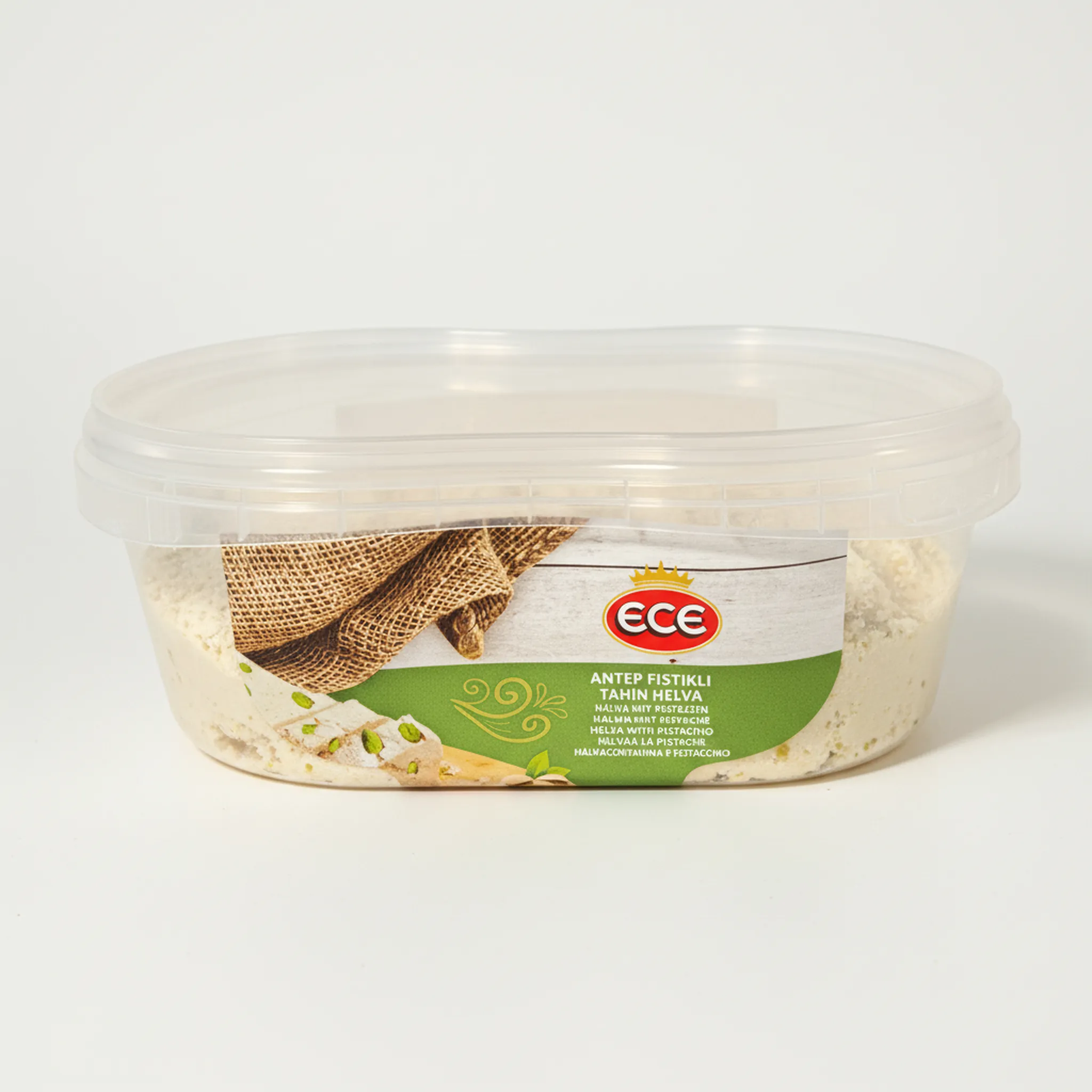
X1042 - 700ml PP Container
X1042 is a 700 ml oval PP container with a matching lid, produced by injection molding with options for In Mold Labeling (IML). It is suitable for packing 600–700 g of halva and can be customized with a label design on the lid and body.

X1043 - 780 ml PP Container
780 ml PP IML container and lid designed for chocolate spread. In-Mold Labeling (IML) enables high-quality branding without separate labels, with options for opaque or transparent IML. Suitable for cream chocolate packaging and maintains performance down…

X1046 - 850ml PP Container
X1046 is an 850 ml PP IML container with an oval bowl and matching lid, featuring In Mold Labeling for integrated, high-quality decoration. The lightweight, chemically resistant PP material ensures reliable performance for desserts, dips, or snacks with …